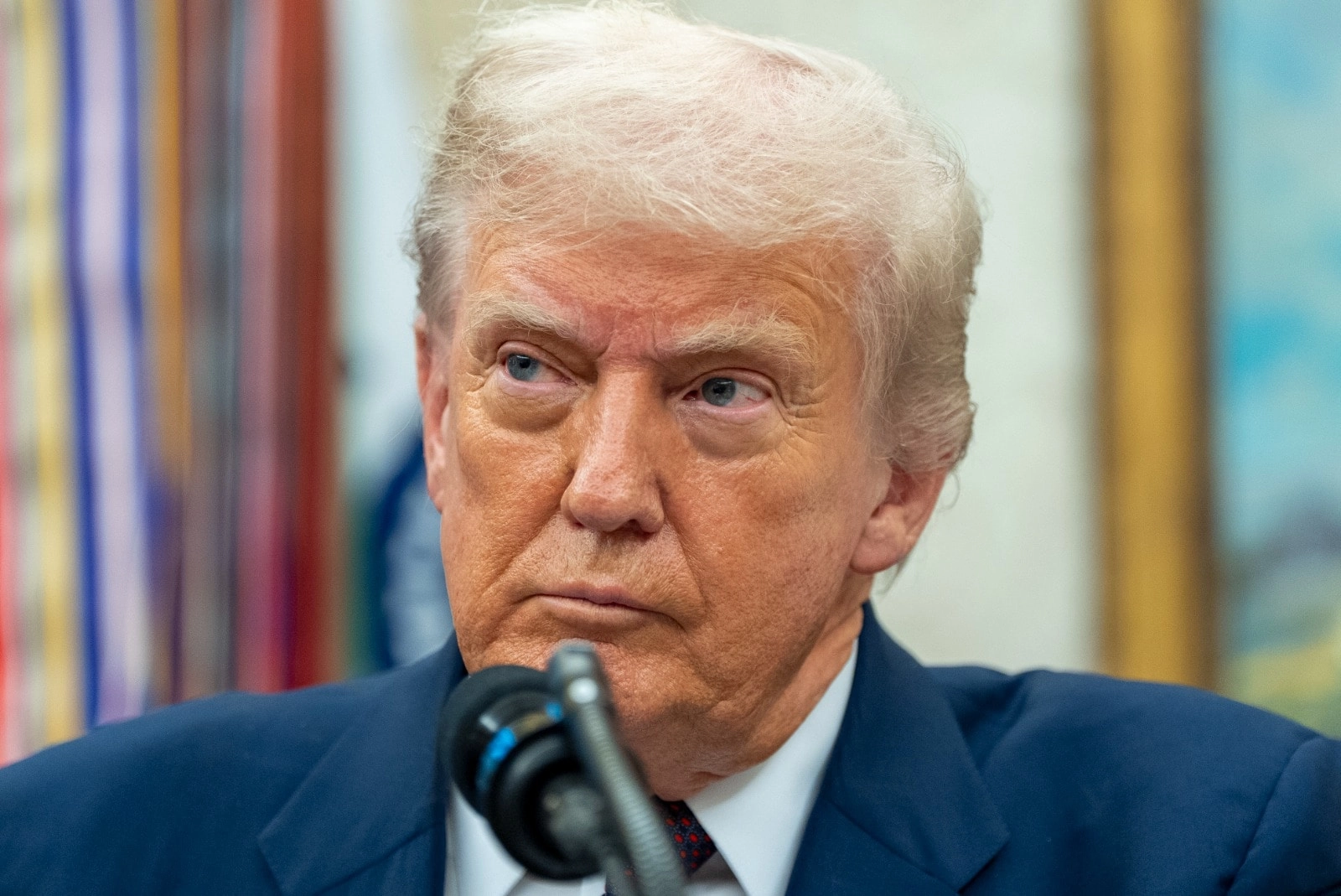In a significant move that has implications for international trade, President Donald Trump announced a 90-day extension of the deadline for the imposition of additional tariffs on Chinese goods. This decision comes as part of ongoing negotiations between the United States and China aimed at resolving a protracted trade dispute that has had far-reaching effects on both economies and global markets. The extension allows both countries to engage in further discussions, potentially paving the way for a more comprehensive agreement that could address longstanding issues such as intellectual property rights, trade imbalances, and market access.
The announcement was met with mixed reactions from various stakeholders. On one hand, businesses and investors expressed cautious optimism, interpreting the extension as a sign that the two nations are willing to continue dialogue and seek a resolution rather than escalate tensions through immediate tariff increases. On the other hand, some critics argue that the delay merely prolongs uncertainty in the market, affecting companies that rely on imports from China and could ultimately lead to higher prices for consumers. The tariffs, which had initially been set to take effect, were designed to pressure China into making concessions, but the extension reflects a recognition of the complexities involved in these trade negotiations.
As the deadline extension unfolds, the focus will remain on the negotiations themselves and the potential outcomes. Both sides appear to be under pressure to reach an agreement that satisfies their respective political and economic agendas. For the U.S., achieving a favorable deal is crucial not only for economic stability but also in light of the upcoming elections, where trade policy can significantly influence voter sentiment. Meanwhile, China faces its own challenges, including a slowing economy and the need to maintain its global standing. The coming weeks will be critical, as the world watches to see whether these negotiations can yield a breakthrough or if further complications will arise, continuing the cycle of tariffs and counter-tariffs that have characterized U.S.-China relations in recent years.




